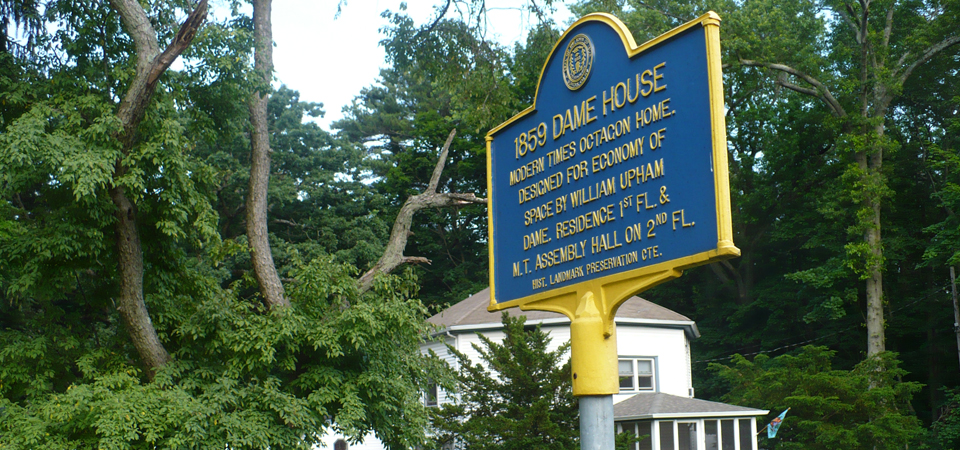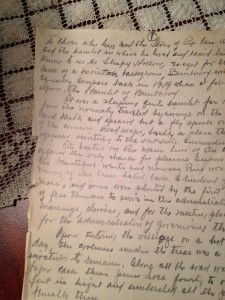To those who have read the story of Rip van Winkle and the hamlet in which he lived and raised his family known to us as Sleepy Hollow except for the lack of a mountain background, Brentwood would equally compare back in 1919 when I first came upon this hamlet of Brentwood.
It was a sleeping quiet hamlet far removed from the normal traveled byways on the south and north and appeared but a fly speck on any of the common road maps, hardly a place that would appear inviting to the outside surroundings.
Brentwood, on the main line of the LIRR, offered the only chance for pleasure seekers to view the beautiful White and Norway pines wonderland. Many of the trees dated back a hundred years or more and some were planted by the first colony of free thinkers.
Upon entering the village on a hot summers day the coolness under the trees was a welcome invitation to remain. Along all the roadways and before each, these pines rose forty to one hundred feet in height and umbrellered all its property beneath them.
Upon my arrival in Brentwood in 1920 I found that travel in and around the community was by foot. Fein had a horse and many had bicycles, and beside my own there was only on other automobile which was owned by our community doctor named Dr. William Ross, who came to Brentwood in 1898 to serve as house doctor to the Sisters of St. Joseph Academy
There was approximately 75 homes in the hamlet in 1920 and our two room school had only 18 children. There were two teachers. One was the principal and taught the 5, 6, 7 and 8th grades and the other taught the first to 4th grades.
Inasmuch as each teacher was compelled to teach 4 grades each day, our average of graduates was equal compared to today’s percentages.
Under State regents, each child had to take a regents before passing from its eighth grade into high school and although many passed the test only a few of the most hardy ever entered high school because our designated high school was in bay shore and because of the lack of transportation, especially during the winter and spring months, when even a horse and buggy would get bogged down on the muddy roads.
This was corrected in ‘19 when the school board designated Central Islip which was served by bus and later in ‘19 to Farmingdale that could be reached by train for which the school board paid transportation.
Back to 1920-Brentwood was truly the place for which the following words were originated, “where they pulled the sidewalks in at night”
Although a small section in the center of our village had street electric lights, the majority of the 75 homes burned kerosene lamps as there were no daily papers coming into the village, nor any places of amusement, there was nothing left for the young men (about 28) but home and to bed.
A fire truck was housed in a small building across from the station, but was seldom used because there was no organized fire company. So in 1922, I got the young men together and suggested we form a social club, under the name of the Brentwood Fire Department. I was chosen its chief of the department and received a gold plated shield. And the other 28 members received member badges.
Our fire equipment consisted of a four wheel hand pulled truck having two 12 foot ladder, one on each side, and 24 water pails to form a bucket brigade. But as there was no lake nor streams, it was never used to put out fires.


